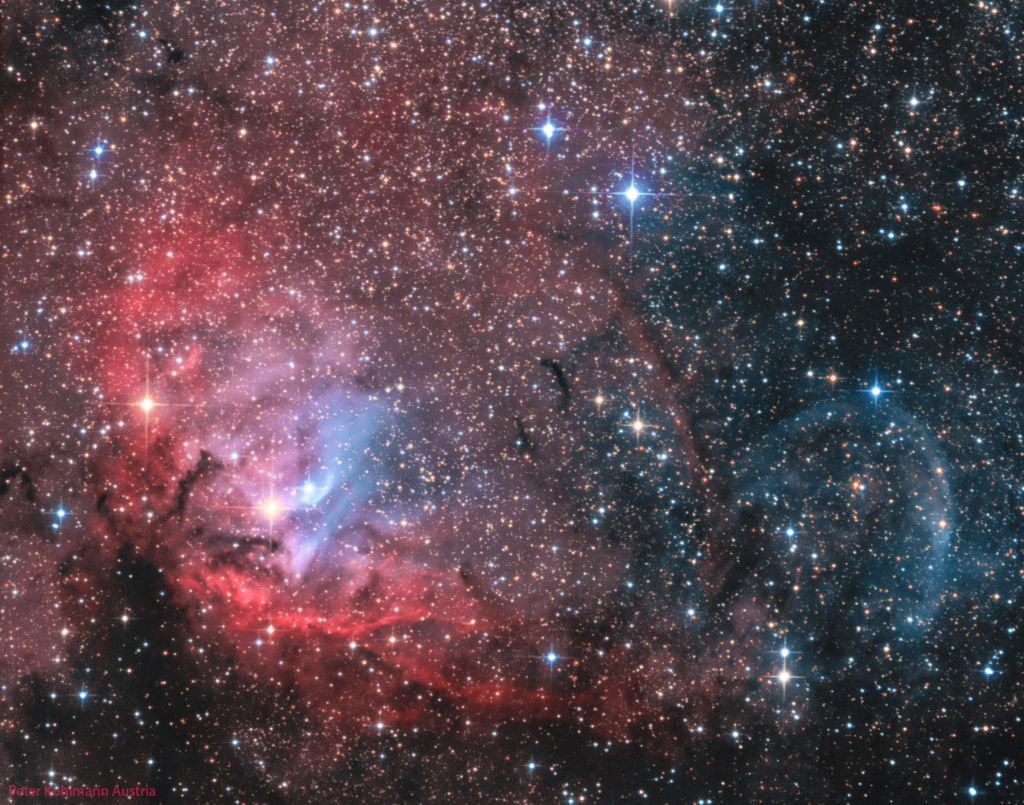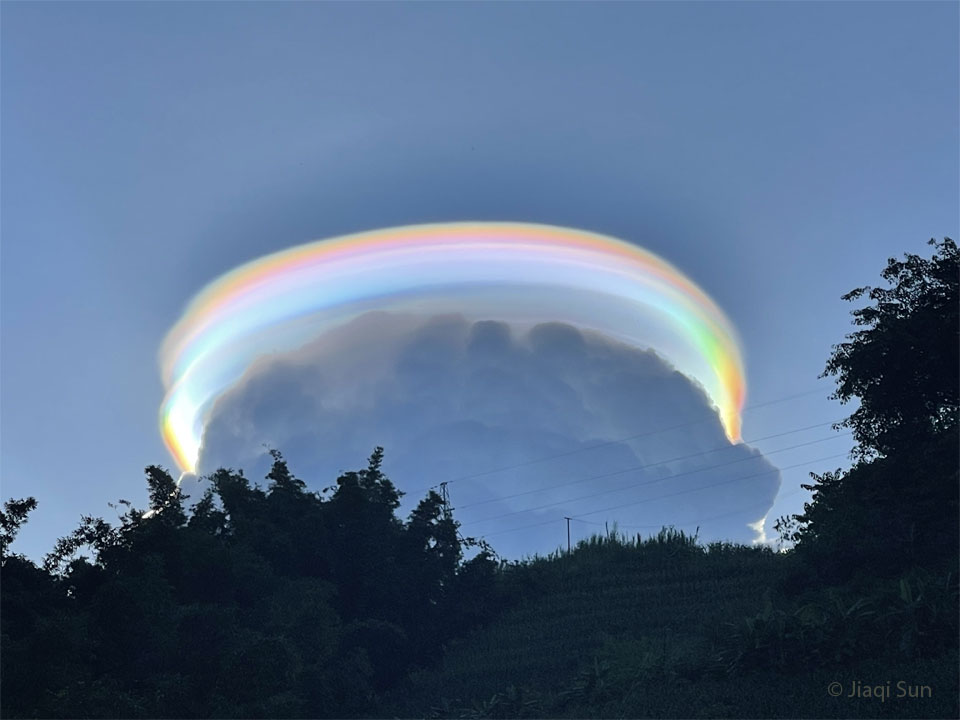
An Iridescent Pileus Cloud over China


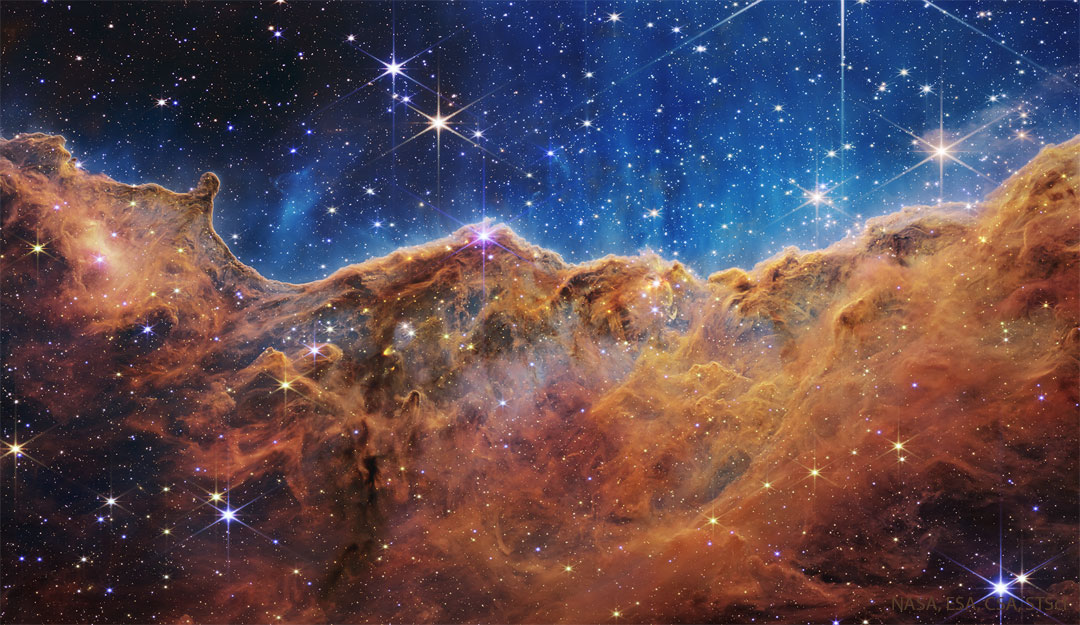
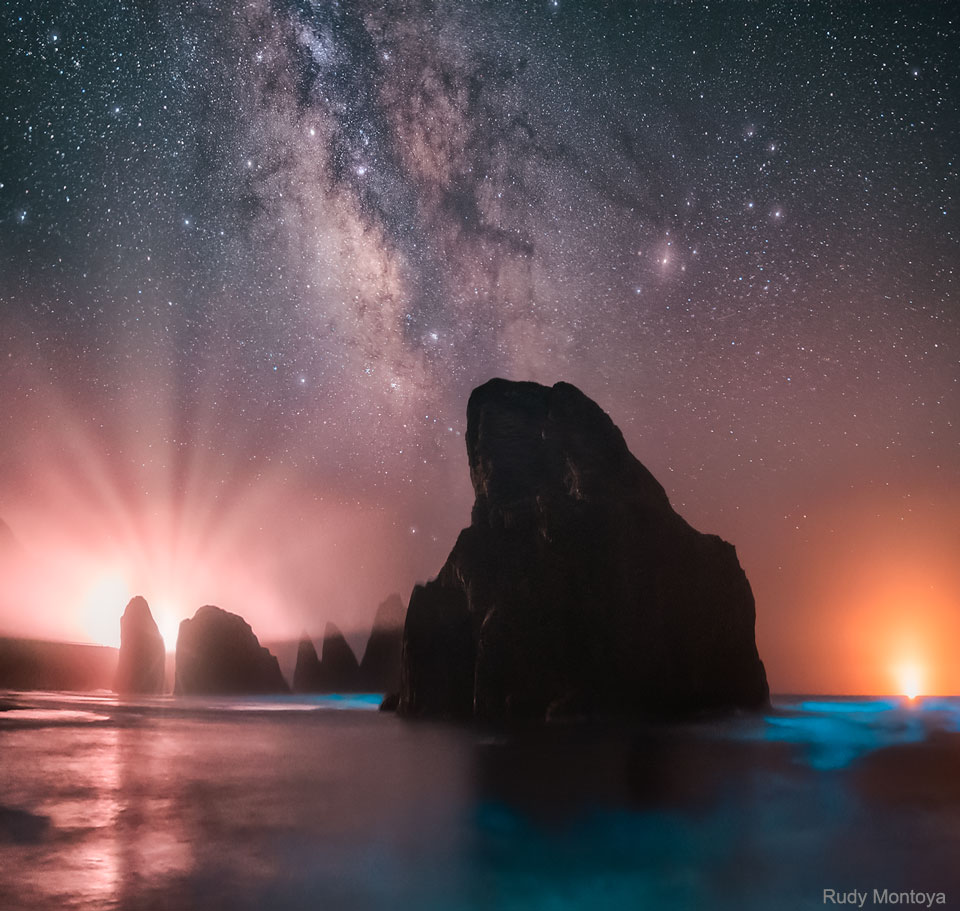
Following the Artemis I launch scrub Saturday from Launch Complex 39B at NASA’s Kennedy Space Center in Florida, the agency will hold a media briefing no earlier than 4 p.m. EDT on Saturday Sept. 3, to discuss mission status.
from NASA https://ift.tt/FMsKrVI
via IFTTT
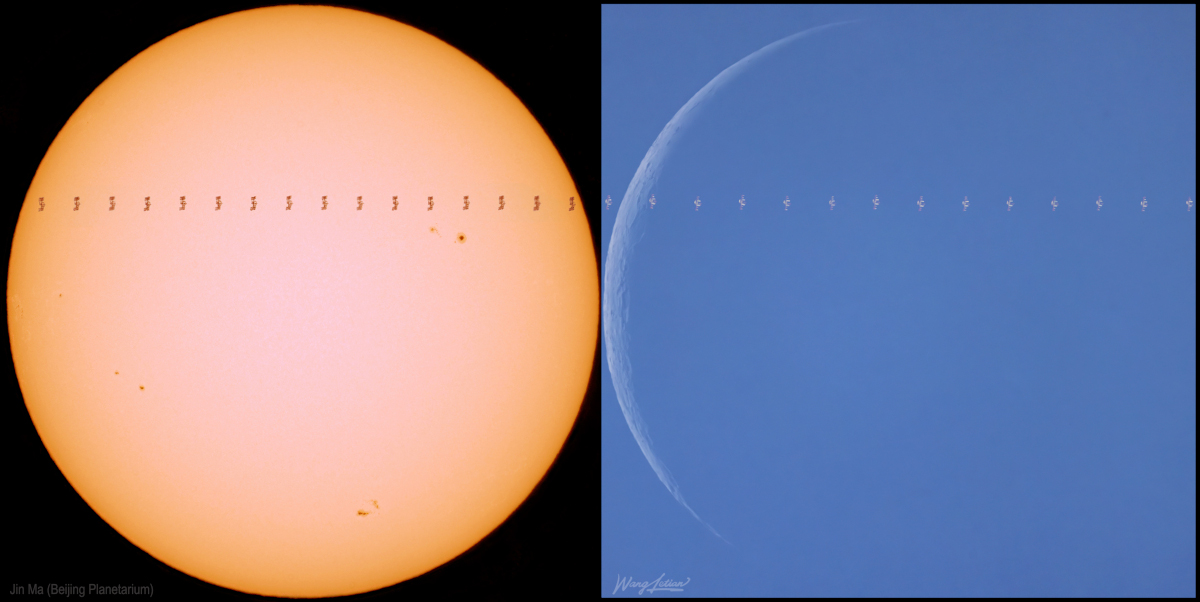

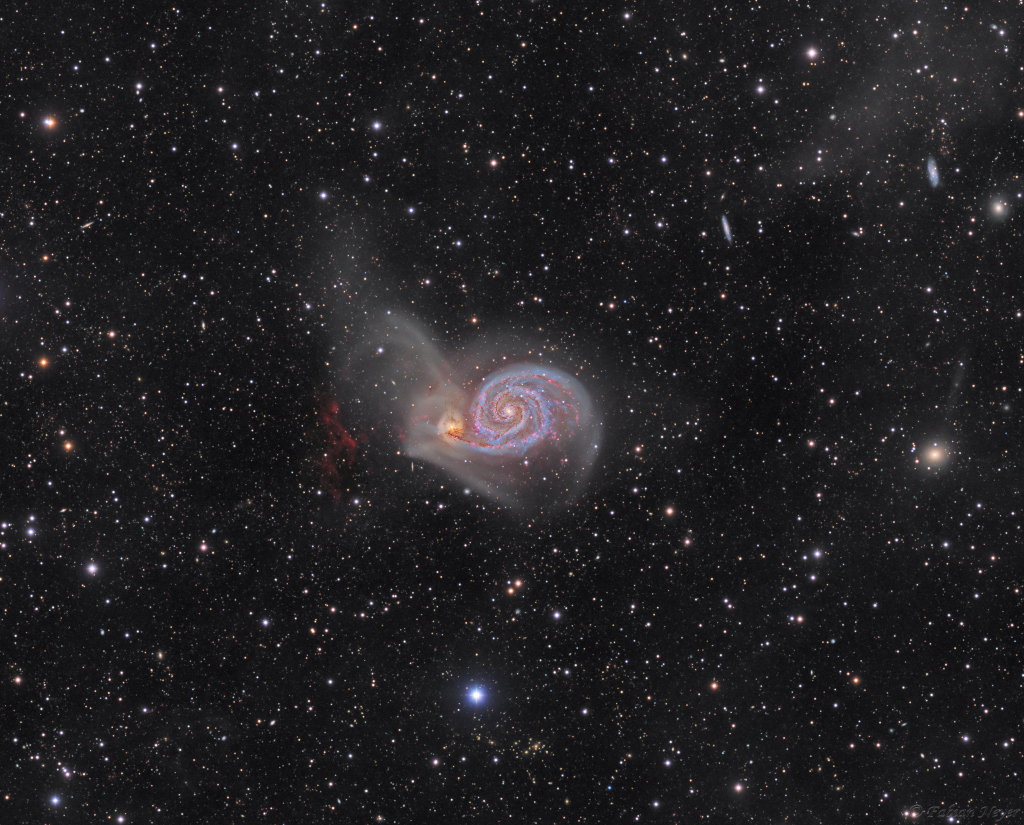
NASA is accepting media requests for launch coverage of the National Oceanic and Atmospheric Administration (NOAA) Joint Polar Satellite System-2 (JPSS-2) satellite. This is the third satellite in the JPSS series, which will capture data to improve weather forecasts, helping scientists predict and prepare for extreme weather events and climate chan
from NASA https://ift.tt/ZGAcyif
via IFTTT
NASA will provide live coverage on Friday, Sept. 2, of a spacewalk with two Russian cosmonauts to continue outfitting the European robotic arm on the International Space Station’s Nauka laboratory.
from NASA https://ift.tt/4VgoL2I
via IFTTT
